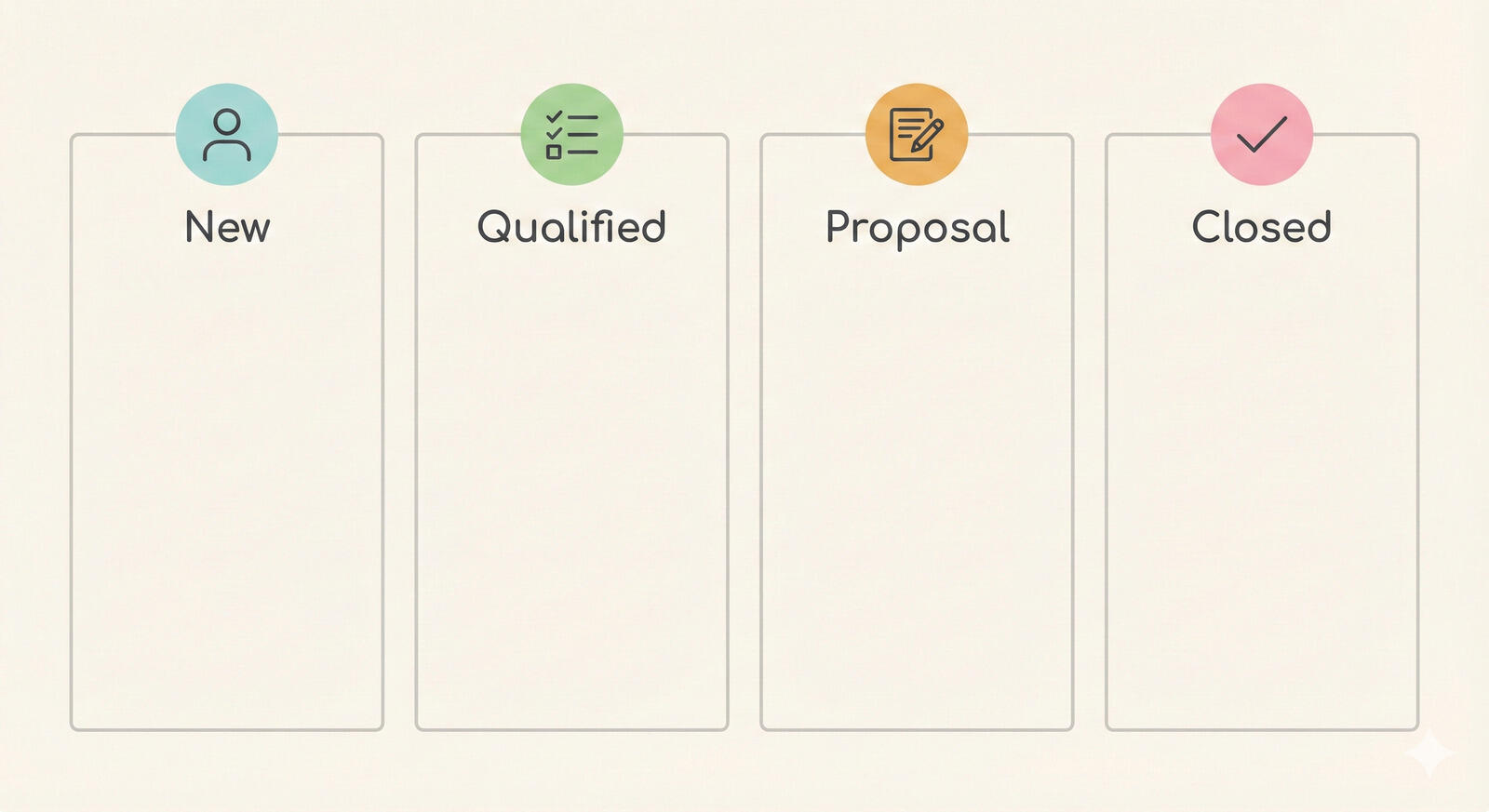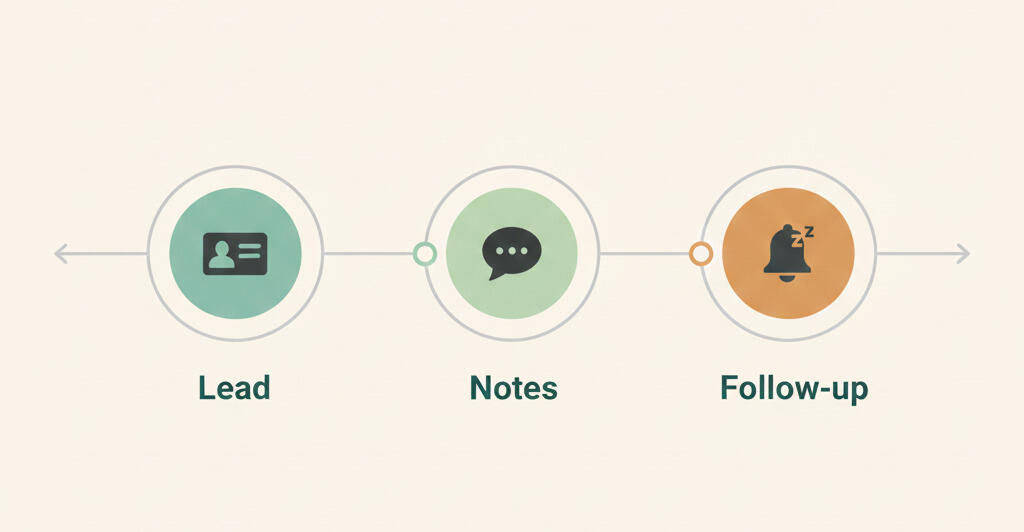What is a product owner and what are their responsibilities
To people outside the product world and even some professionals within the product field, the title "product owner" can be pretty confusing. How can someone be paid to own a product? This article dives into the precise meaning, role, and job description of a product owner and how they differ from product managers and project managers.

What is an agile product owner?
The product owner role is relatively new. Its origin can be traced to the Scrum agile framework, which began in software development but has become increasingly popular and taken over other industries as well. As businesses started adopting the framework, the role of product owners was also embraced.
Product owners are usually at the center of the deployment. An agile project owner, also known as a scrum product owner, is typically the person in charge of the scrum development team, ensuring maximum value of the products created. An agile product owner is an integral part of any scrum team, and they often take on several roles depending on circumstances.
Product owner vs. product manager
The two terms are often used interchangeably, which is understandable considering their roles do overlap in some cases. However, there are key differences between a product manager and a product owner.

What are the similarities between a product owner and a product manager?
The goal of any business is to create quality products that will be of value to the customers. This is a shared goal for both the product owner and the product manager. Every step they take and every decision made is geared towards optimizing the product and delivering it in a quality manner.
Both the product manager and product owner carry vital roles and responsibilities in the product development process. They often work in sync to achieve their common objectives. For this, they are both in charge of cross-functional teams that work to improve and optimize product features. Both have to collaborate with other departments, including engineering, sales, marketing, and even customer service.
What are the differences?
A significant difference between them has to do with their roles. Product managers tend to be strategic, focusing mainly on company objectives regarding the product and the market response. Theirs is a grand vision of the product with a more long-term focus.
Product owners, on the other hand, are more tactical. Their job entails translating the product manager's strategy and breaking it down into tasks that agile teams execute. They tend to be more detail-oriented, and their focus is short to mid-term.
Product managers are often in charge of the bigger picture, like developing the business case for the product. Product owners, on the other hand, work on making that product vision into an actionable backlog for the development team to work on.
Product managers develop and maintain the product roadmap while the product works in close contact with the development team, ensuring the backlog is clear and visible. They turn customer pain points into epics and user stories to advocate for the customer's needs during product development.
The product manager is usually accountable for the whole product lifecycle. For instance, they must advocate for funding and manage the budget throughout the development process. Conversely, the product owner is on the ground, working with the production team to ensure alignment with the product roadmap.
Product owner vs. project management
Why do you need project management when you have a product owner? Just like with the product manager, there is some overlap between the roles of a product owner and a project manager. However, there is a distinction between a product owner and a project manager.

Who is a project manager?
A project manager is a general project overseer, focusing on cross-functional work and how schedules and budgets will be met. As a project manager, it is your job to manage all the work that goes into delivering a complete product experience. There are several ways to improve your project management skills to ensure the success of your projects.
Key similarities between a product owner and a project manager
Both are responsible for identifying customer and user needs. They are both concerned with exactly what needs to be built. They're both in contact with stakeholders to determine what they need to build and what to leave out of the product.
Both their roles include dealing with the aspects of time, budget, and scope. However, a product owner has much more control over the budget and time compared to the project manager, who is answerable to the project board.
Both the product owner and project manager have to factor in Return on Investment. The project manager often has to evaluate the business case regularly, working with the steering committee to determine whether continuing the project still makes sense. One of the major mistakes that new project managers make is not knowing when to call it quits. A product owner also has the power to stop a project or product development process if it's no longer viable.
What are the major differences?
While a product owner is accountable for the success or failure of a product, a project manager is more concerned with the project. Was it completed within the set budget, time, and scope? If so, the project was successful, even if the product was not a success. Project managers often use techniques like time batching and time blocking to maximize productivity and ensure the project is done within the set time.
The project manager is an administrator responsible for creating, managing, dividing, and distributing work packages among team members. The product owner, on the other hand, only has to ensure there's a product backlog, and the development teams will organize themselves on how to use it. They don't manage resources, people, or work packages.
A project manager is more concerned with managing the elements of time, budget, and scope in their day-to-day. On the other hand, product owners are more focused on delivering value. They generally use metrics like customer satisfaction, product usage, revenues, etc., to determine the product's success.
What are the primary responsibilities of a product owner?

As a product owner, your major obligations include:
1. Translating the product vision to the development teams
The product owner works in close contact with the product manager and is therefore responsible for translating the vision and breaking it down into actionable chunks that the development teams can execute.
Product owners rely on their high-level perspective to accurately define the product vision and create goals for the project. This involves drafting user stories and using the product roadmap to guide the execution by the engineering team.
2. Managing the product backlog
This forms the bulk of a product owner's job. They create the product backlog, an important document that contains user stories to be used by the development team during sprints. A product owner often has to keep reviewing the backlog to prioritize what should be tackled next.
While the product backlog is more of a to-do list, it should not remain static. The project needs will evolve as time passes, which should be reflected in the backlog. The product owner prioritizes these needs to align them with the product manager's goals and the business objectives.
3. Determining customer needs
The product owner is an expert at understanding the market and consumer needs. This way, they can effectively anticipate the needs and incorporate them into the development team's product backlog. In most cases, this involves working closely with the product manager to determine the problems they're aiming to solve with the product.
This deep understanding of the client persona, market needs, and product strategy makes the product owner a vital resource person. They're able to answer critical questions during the development process and evaluate its progress.
4. Bridging the gap between stakeholders and teams
The product owner is the primary link between product managers and the development teams. The product manager sets the product's vision, goals, and strategy and leaves it at that. The development team is then responsible for building the actual product.
Product owners are the line of communication between the two parties. They translate the vision and strategy into actionable tasks for the development team to execute.
5. Evaluating development progress at different stages
The product owner is accountable at each stage of the development process, including the final product. As such, they take an active role in inspecting product progress at each iteration. They'll consider product performance to determine whether the team should move to the next step or go back and make changes.
Final thoughts
Product owners, product managers, and even project managers all play a vital role in the success of your product. Each is a key player who often has to wear many hats to ensure the business vision is well-executed.
Equipping your team with tools and solutions can help them adapt to their changing roles. Project management tools can revolutionize your product development process to ensure productivity and maximum ROI. Our simple-to-use project management application is designed just for that. Get in touch with us today to learn more.








